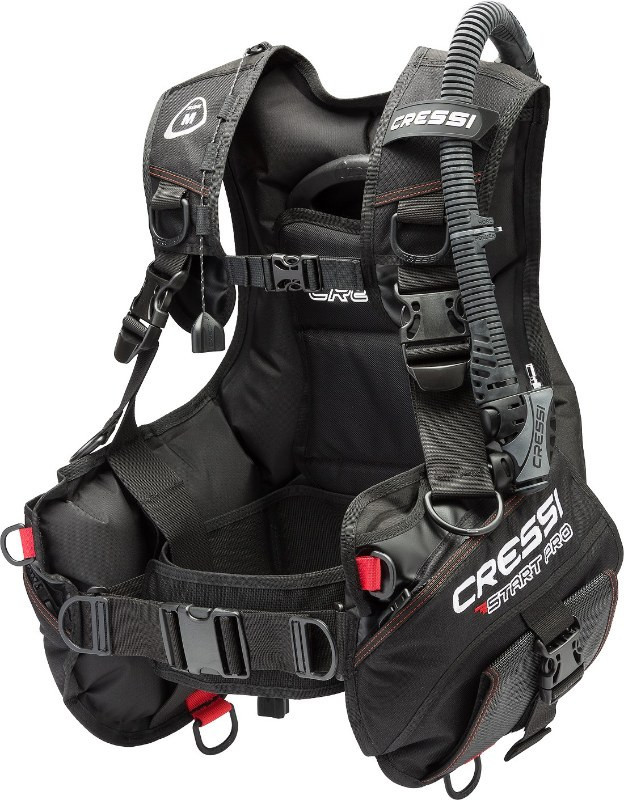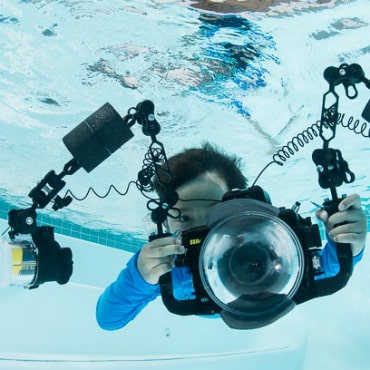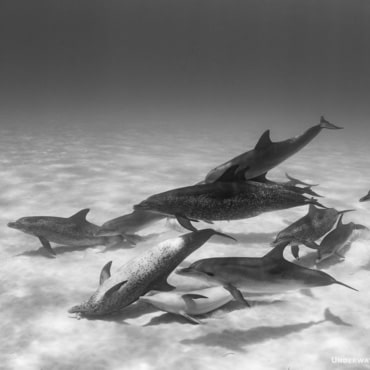Best Scuba BCD for 2024
Posted by Martin Langenberg on December 10th, 2024

Here are some examples:
- BCD - Buoyancy Control Device
- BC - Buoyancy Compensator
- BV - Buoyancy Vest
- BCV - Buoyancy Compensator Vest
- BCJ - Buoyancy Controll Jacket
But let's stick with BCD and dive into helping you choose the right Scuba BCD for your comfort, safety, and needs. Of course, let's not forget style, as fashion and color variations are becoming more and more influential in the dive industry. Knowing the purpose and use of your dive BCD is crucial to identifying the best scuba BCD in 2024.
In this article, we will explore all the parameters of a Scuba BCD and determine which one ticks all the boxes for the following list:
Factors to Consider When Choosing a BCD
Fit
Comfort
Sizing
Sizing options are 99% in "alpha sizes" ranging from 3XS to 2XL or sometimes even 3XL. The standard T-shirt sizing is a good place to start, but all BCD manufacturers have their own sizing chart.
Do not hesitate to contact us and we will help you with a personalized online size consultation to find the best option for you.
Weight Systems
Integrated weight systems
Weight Belts
Fixed Weights
Trim weights are small pockets that you leave on either side of the back-mounted tank. Additional tank trim weights are small weights that are usually attached near the base of an aluminum cylinder. They keep the cylinder from tipping over when it's side-mounted and the gas is being consumed.
Types of BCD:
Jacket Style BCD

The most common BCD today is the Jacket style, also known as the ADV (Advanced Design Vest) or Wrap-Around Jacket. This was the follow-up design for the Horseshoe Jacket, which was popular in the 70s. The buoyancy bladder is distributed all around the chest, making it easy to stay upright at the surface and comfortable to use. The bulky construction makes them less streamlined and only offers a few options for D-rings.
Back-inflate BCDs

Hybrid BCD

Travel BCD

Wing, Backplate, and Harness Systems

How to determine the right BCD lift capacity for your diving needs.
Taking into account the usual rule of thumb of 10% of body weight, this is what the theoretical lifting capacity of your BCD should be, right? In terms of lifting capacity, which is usually expressed in N (Netwon). One N is 0.225 lbf (pound force) so to get the math right consider the following:
- Amount of lead weight used (10% rule)
- Weight of dive gear (BCD, Regulator, Wetsuit, Fins, Mask)
- Weight of tanks
When using steel tanks in twin packs, the lift limit can be reached pretty easily. Also, XS or even smaller BCDs don't have much lift, just because the bladder is smaller. My wife, who is an SSI Instructor Trainer and has been a professional diver for over 15 years, has struggled with the buoyancy limits of her XS BCD for most of her career. She ended up using a larger size when guiding or teaching to be able to carry extra weights for stints or as backup for her dive group.
Finding the Right Balance Between Durability and Weight in Your BCD
Understanding the used material can help you make the best choice when finding the right BCD. Denier is a measurement of thread thickness in the material used for BCDs. Threads with a high denier rating, like 1200, are super resistant to scratches and rubbing. Think bumping against a sharp edge on a wreck or rubbing against rough surfaces in caves or caverns. They're not quite as resistant to punctures, though, like when you press a pointed object against them. On the other hand, low denier, like 420, is more resistant to punctures but more susceptible to scratches.
A lower denier makes the BCD lighter, which is great for travel, but a higher denier adds durability but makes it heavier. These days, many BCD manufacturers combine different denier panels to get the best of both worlds.
Accessories and Features
D-Rings
BCD Pockets and special attachment points
BCD pockets have come a long way in the last few years. Typical jacket-style BCDs have more room for pockets thanks to the front bouncy bladder design. When the first back inflation or hybrid BCDs came out, roll-up technology made it possible to have pockets in the most minimalistic BCD. It's a great way to store all the gadgets you need, from DSMBs, reels, cameras, pointer sticks, and more, to avoid dangling gear. Or even better, you can use it to store the rubbish you might find on your next dive adventure.
It's also handy to have special attachment mounts for dive knives, torches, or action-cam pole sticks.
Best Budget-Friendly BCD
- Jacket BCD
- Available Sizes: XS, S, M, L, XL
- Lift capacity from 18- 45 lbf
- Material: 500 Cordura/420 denier nylon shell
- Resin D-Rings: 4 for additional accessories
Best BCD for Entry Level Diver
- Jacket BCD
- Up to 200N / 44.96lbf lift capacity
- Large cargo pockets
- Intregrated weight system
- Four D-Rings (2 on shoulder straps, 2 on lower air cell)
- Ultra-durable constrution due to Cordura 500 Denier (exterior), Nylon 420 Denier (interior) material
Best BCD for Advanced Diver
- Hybrid BCD
- ResisteK material resists fading and abrasion, keeping the BCD looking great over time
- 5 stainless steel D-Rings and multiple knife attachment points for stowing and accessing gear
- Lift capacity up to 55 lbs (25 kg)
- SureLock II Mechanical Weight Release System with a capacity of 20 lbs. to 30 lbs.
Best for Female Divers BCD
- Hybrid BCD
- Custom-fit design for women
- Slide and Lock System (SLS) weight system
- Great Lift Capacity of 180 N (Size M)
- High capacity cargo pockets
- 50mm swivel buckles
- Monoplate design for single and twin cylinders
- Trim Weight System
Most Durable BCD
- Jacket BCD
- Great Durable and Weight Balance
- Integrated Weight System
- Padded Back Panel
- 6 Strategically Placed D-Rings
- Anti-Chest Compression Bladder
- Monoplate with Tyrpol padding
Maintenance Tips for Your Diving BCD
- To prevent the deterioration of nylon threads and stitching, it is advisable to limit the duration and intensity of exposure to direct sunlight.
- It is advisable to avoid repeated or extended use in water with a high concentration of chlorine.
- It's important to make sure the BCD isn't touching anything sharp or rough that could damage the buoyancy bladder. The same goes for packing it in boxes or bags—don't put heavy objects like block weights on top of the BCD.
- Any contact with oil, gasoline, aerosols, or chemical solvents must be avoided.
- If you can, soak your BCD in fresh, clean water as soon as you take it off. If that's not possible, give it a good rinse, hang it up on a wide-shoulder hanger, and pack it away carefully so you can soak it as soon as you get a chance.
- Before you go on you next great diving adventure, chgeck for leaks. Therefor inflate it particularly and submerge it in clean water. Move it around a little to make sure trapped air can escape and check for bubbles.
- While it's submerged, use it to work any and all moving parts to get all the gritty particles out. Make sure the oral inflation and power inflation buttons move freely by pressing them. Do this both in the soak/rinse tub and outside the tub. If they feel sticky, there might be sand or corrosion getting in the way. If you rinse the BCD and they still feel sticky, have them checked out by a certified technician. You don't want the power inflation button to stick and send you to the surface.
- Rinse your BCD thoroughly. Salt water can leak into your BCD bladder through the dump valves and low-pressure inflator. Drain this out after every dive to avoid salt crystals forming and damaging the bladder.










